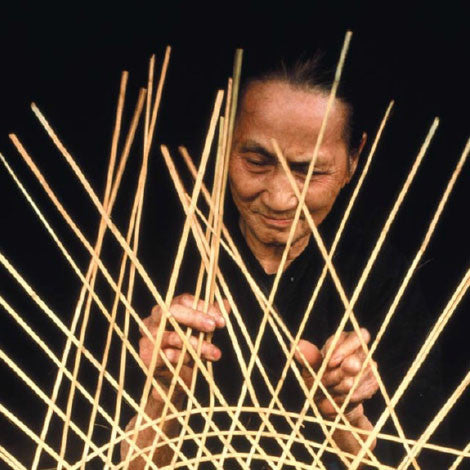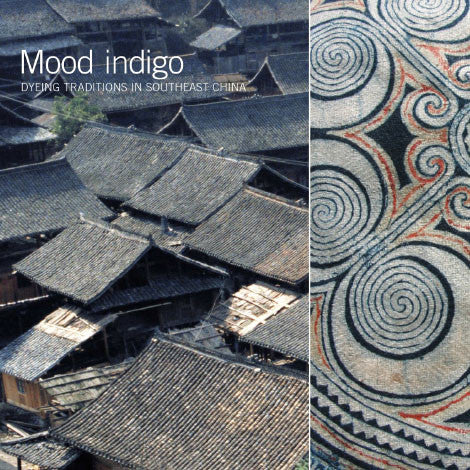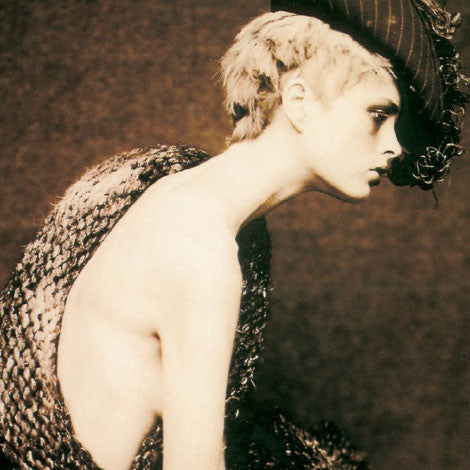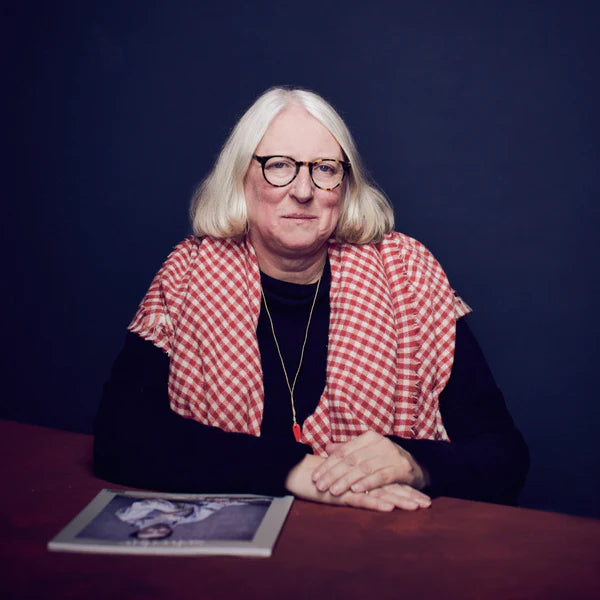Issue 11 Vivid
Selvedge Magazine
Couldn't load pickup availability
May/June 2006
Colour to dye for
"WHEN I COOK I TEND TO USE the recipe as a guide and intuitively judge proportions and combinations of ingredients. This method can lead to unexpected and intriguing results, although the downside is that they are rarely repeatable. I enjoy the physicality and spontaneity of the process – it’s similar to working with textiles. The boiling up of vegetable matter and the anticipation, especially if it is material one has grown and harvested, is similarly satisfying. In this issue we focus on natural dyes. Stephen Szczepanek introduces us to the alchemy of Sachio Yoshioka, a master dyer whose skills have diverse applications from a Chanel lipstick to religious artifacts.
In mediaeval societies it was the men who were the embroiderers, weavers and dyers. By accident rather than design we have filled our issue devoted to colour and dye with men! We look at three men who work with fabric: David Weir, the Director of the Dovecot in Edinburgh; Mark Pollack in New York; and Nigel Atkinson in London. We also feature the work of several talented Japanese men, including Yohji Yamamoto and Akihiko Izukura.
If one were to do a poll of the general population and enquire what was their favourite colour, chances are the overwhelming response would be blue. There is something about blue that calms the soul, and of all blues indigo has a special charm. Pulling yarn from a vat of indigo and watching it turn from acid yellow through green to turquoise and then to the richest of blues is just about as close to magic as one can get. Gracie Burnett experienced that beauty in a corner of China. Of course indigo is not the only blue, and Jenny Balfour-Paul reminds us of the rich European tradition that surrounds the production of woad. Of equal importance in the ancient world was madder, now used in the furnishing fabrics of Les Indiennesand put to an unexpected use in the dyeing of cricket balls."
Polly Leonard, Founder, Selvedge Magazine
Share










A truly enjoyable read
This magazine is a joy to read on every level. It is well researched, interesting and beautifully written. It cleverly connects the distant past with cutting edge current practice and has inspired me to learn more about both. Now I want to read more!
Visually very satisfying and intellectually stimulating
I always find Selvedge Magazine visually very satisfying and intellectually stimulating. I have all the issues in my library and will have to find a good institution to donate then to when the time comes. I remember getting issue 00 at some conference or meeting in the US when you were first starting out. Bravo again for so many years of sharing the joy of textiles in all its varied forms with all of us.
Selvedge endlessly nourishes my soul
Selvedge endlesslynourishes my soul. Much love and gratitude to Pollyand the Selvedge clan.
Absolutely gobsmackingly gorgeous
I was expecting something nice, but I was in no way prepared for how absolutely gobsmackingly gorgeous and inspiring your magazine is. Wow and wow. Now I’m counting the minutes until my next paper copy arrives.
A Very Special Offering
Since the very first time I received your editions and including each time I receive one, I’ve felt the experience is like receiving a new doll. I wish to be alone with my new ‘doll’ pouring over each page, enjoying the wonderment and delighting in the special moments. Thank you.












